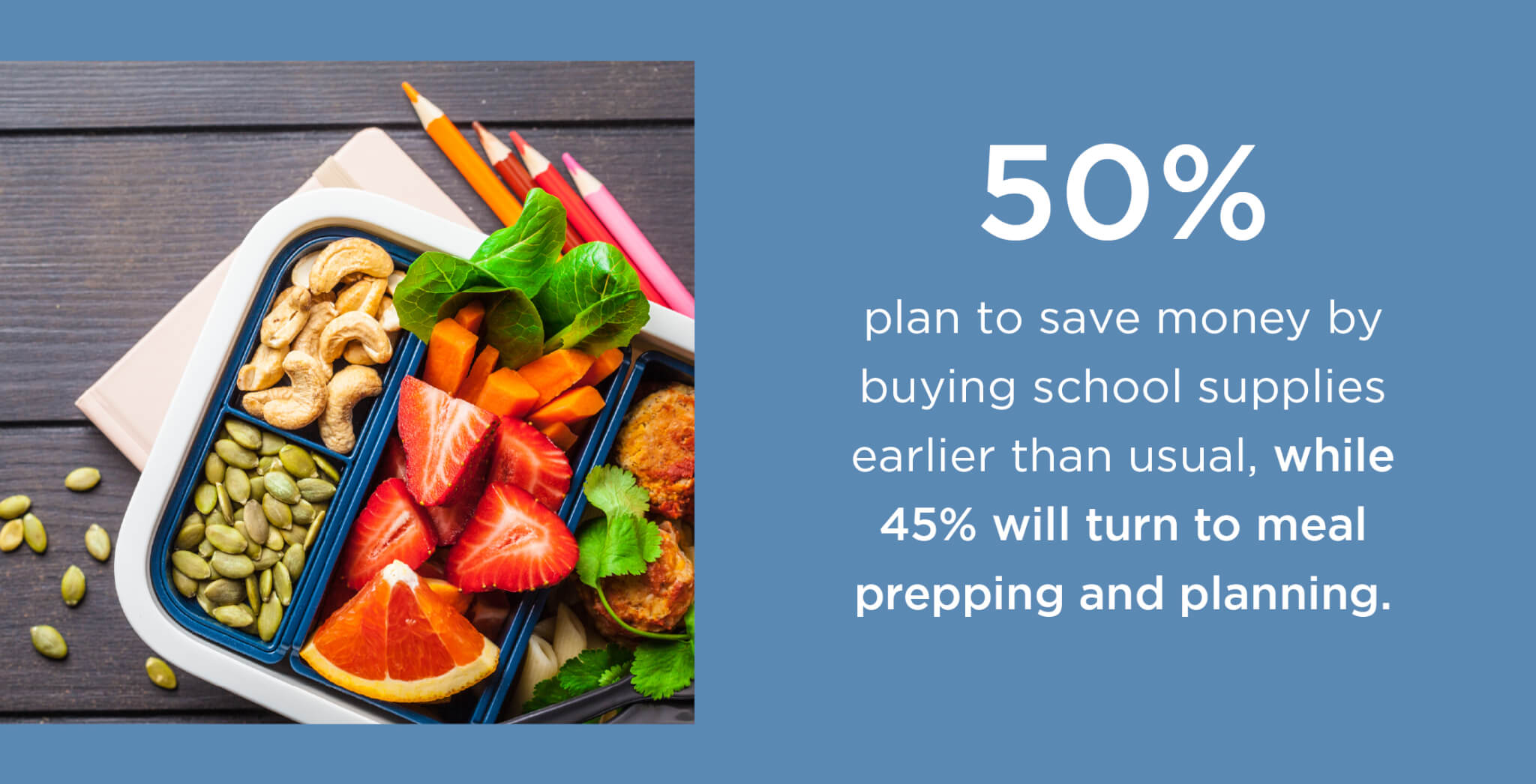NEW YORK — Even if you aren’t funding a private education’s tuition, sending your children to school comes with a price tag. The average parent will spend $489 on school supplies in 2023, new research reveals.
A survey of 2,000 parents with school-age kids (ages 5–18) found half (50%) plan to save as much money as possible by buying school supplies earlier than usual, while 45 percent will turn to meal prepping and planning.
Freeing up their budget is top of mind for parents, who anticipate extracurricular activities (53%), books (47%), and new gadgets such as tablets and smartphones (42%) to make up the bulk of their spending.
With that in mind, some plan to purchase second-hand items for the school year (44%) and have their kids reuse their school supplies (38%) — especially backpacks (68%) and lunchboxes (63%).

On average, parents expect to save $237 on school supplies — almost half their spending budget for these items. Aside from saving money, many of those who plan to reuse school supplies cited being more sustainable as a motivator (83%).
Conducted by OnePoll on behalf of Stasher, the survey also found budget-conscious parents will get creative with meal prep — 44 percent will revamp leftovers for the next day’s lunch. Almost nine in 10 parents (88%) said their kid eats repurposed leftovers.
“Parents are finding that leftovers are not just a time and money-saver for dinner — they can also be all or a part of tomorrow’s lunch,” says vice president of marketing and product at Stasher, Hilary McGuigan, in a statement. “Meal prepping and creative uses for last night’s leftovers, is an easy way to save time, money, and is better for the planet. You can reduce the amount of plastic waste your family creates by opting for a simple, reusable alternative to plastic bags and containers.”
On average, parents currently spend $431 on their groceries per week. Meat and poultry (39%), apples (38%), and citrus fruits (35%) topped the list of foods parents spend the most money on. However, there are more challenges with making meals their kids will enjoy. That includes having to travel for certain ingredients (60%), lack of inspiration (47%), and their kid’s pickiness (43%).
Parents are also saving money on groceries by using refillable water bottles (55%), relying on the same ingredients each week (49%), and batch cooking for the week ahead (47%). It’s no surprise, then, that three in four said it’s important for them to teach their kids about sustainability.
“Our research shows parents not only aim to be more sustainable but also pass these values on to their kids. Their biggest concerns around sustainability? Single-use plastic (47%) and food waste (42%),” notes CEO at Stasher, Shannon Morgan Stearns. “The great news is that there are easy ways to be more sustainable without sacrificing quality or without blowing the budget. By investing in reusable supplies like silicone bags, water bottles, lunch boxes, cloth napkins, and more — everyone in the family can cut down on single-use items while also making the daily task of prepping for school simpler.”
Survey methodology:
This random double-opt-in survey of 2,000 parents of school-age children (5–18) was commissioned by Stasher between May 26 and May 27, 2023. It was conducted by market research company OnePoll, whose team members are members of the Market Research Society and have corporate membership to the American Association for Public Opinion Research (AAPOR) and the European Society for Opinion and Marketing Research (ESOMAR).

